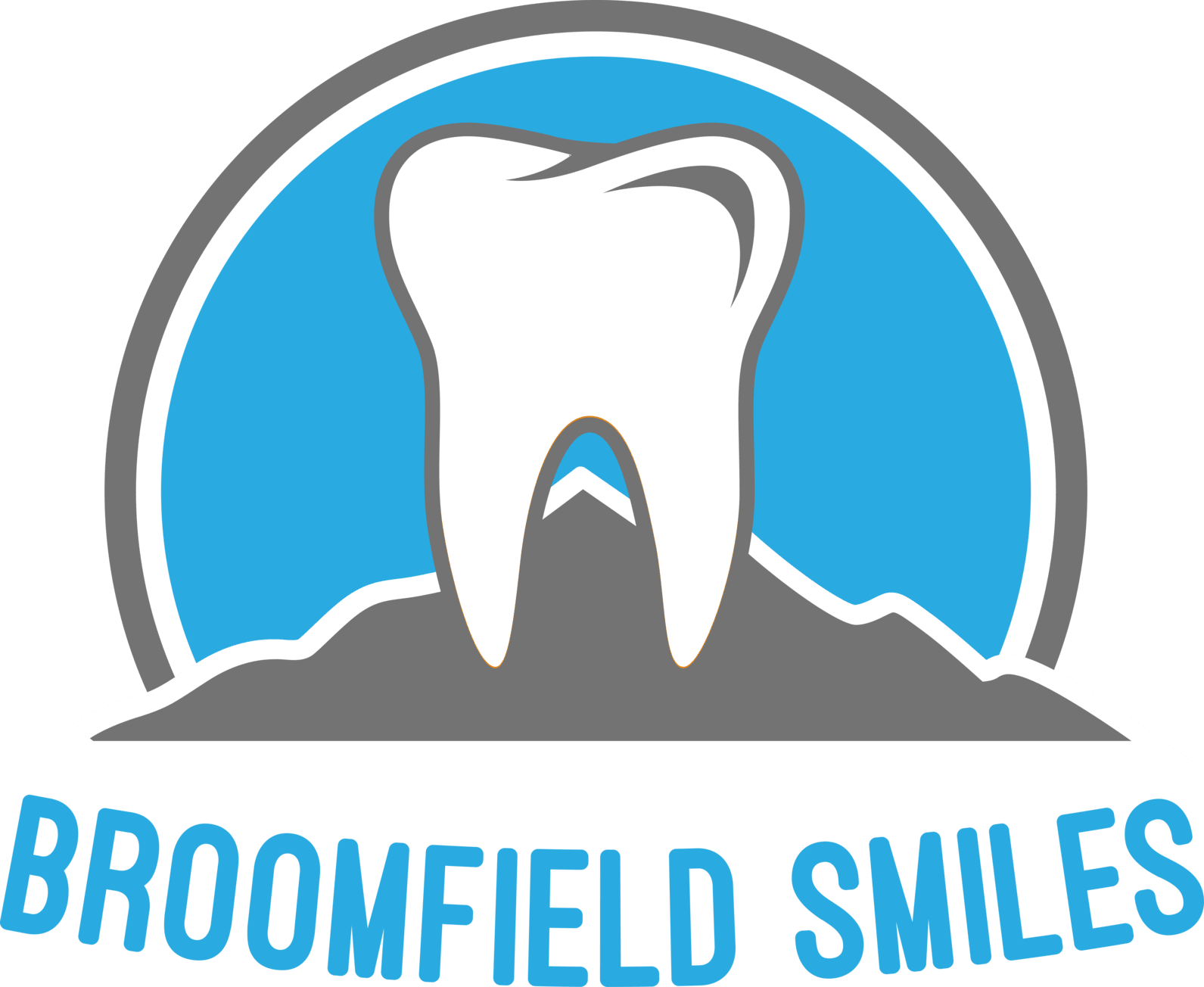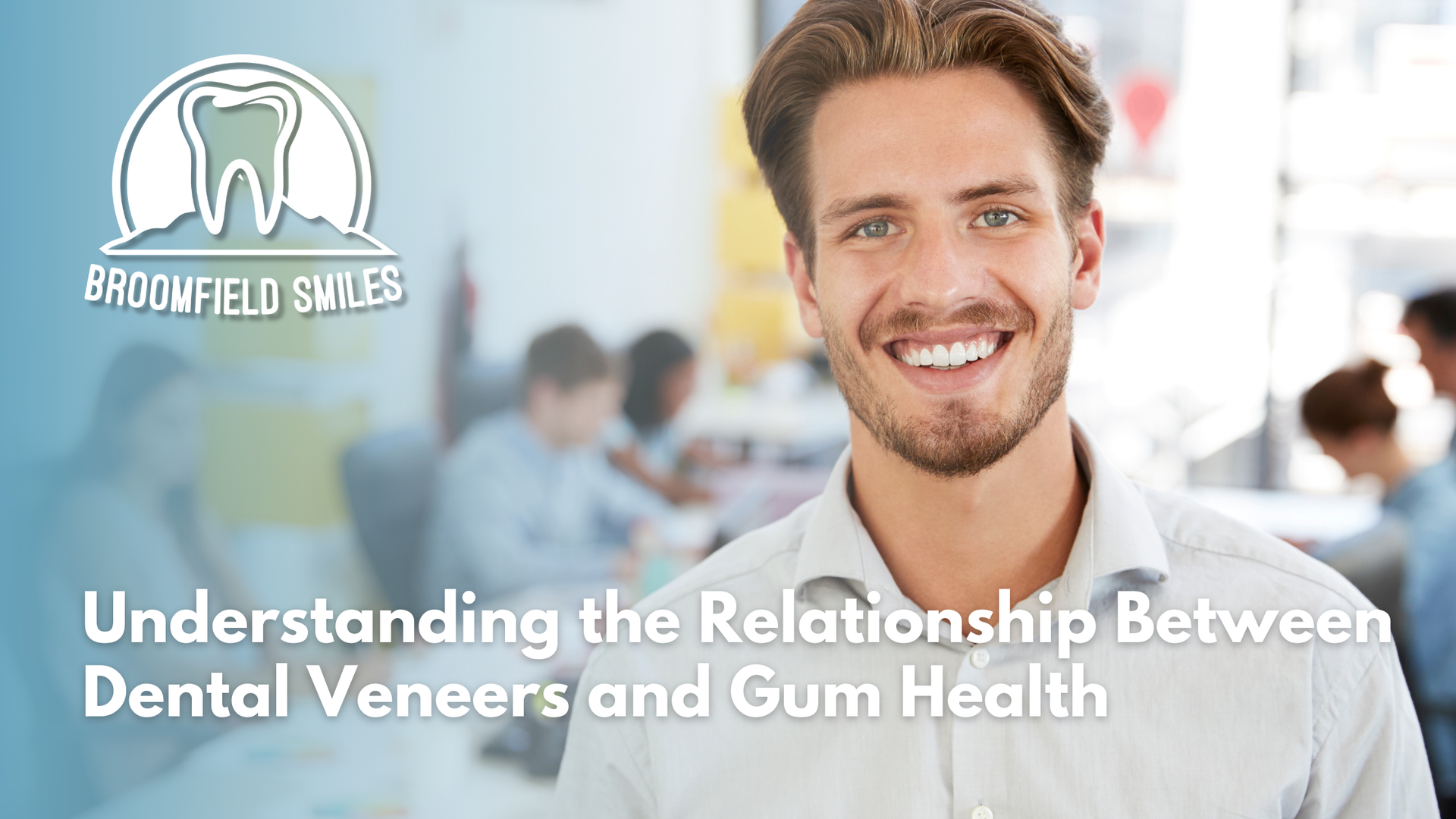Baby Teeth Milestones: From First Tooth to the Last

Source: Dr. Marketing
There is something magical about a child’s first smile. Tiny teeth peeking through soft gums signal the beginning of a journey—one that is filled with milestones, wiggly surprises, and visits from the tooth fairy. Yet behind each giggle and grin is a roadmap of dental development that is both fascinating and essential to lifelong oral health.
Understanding how and when baby teeth erupt and fall out is more than a curiosity—it helps parents monitor growth, detect potential issues early, and support a healthy foundation for permanent teeth. At Broomfield Smiles, we guide families through every stage of this process. This comprehensive guide walks through the full timeline of baby teeth, from their first appearance to their eventual farewell, and why each stage matters.
The Role of Baby Teeth: Why They are More Than Just Temporary

Baby teeth, also called primary teeth or deciduous teeth, are often misunderstood. Since they fall out, some might assume they are not that important. But in truth, these first teeth serve critical functions that go far beyond chewing.
They help children form words and sounds, give the face its natural shape, and most importantly, hold space in the jaw for adult teeth to grow in correctly. When a baby tooth is lost too early—whether due to decay, trauma, or disease—it can cause neighboring teeth to shift, which often leads to problems like crowding or misalignment later on.
Healthy baby teeth also support overall health and nutrition. Children who struggle to chew properly may avoid certain foods, limiting their diet. Tooth pain from decay can lead to sleep disturbances, behavioral changes, and even difficulty concentrating in school. Simply put, those little teeth matter—a lot.
When Do Baby Teeth Erupt? A Journey That Begins Early

Most children get their first tooth around six months of age, but the range is wide. Some babies are born with teeth already visible (a rare phenomenon called natal teeth), while others do not start teething until close to their first birthday.
Eruption typically begins with the lower central incisors, followed by the upper front teeth. Over the next two years, the rest of the teeth gradually appear. By age 3, most children will have a complete set of 20 baby teeth—ten on top, ten on bottom. Here is a general eruption timeline:
- Lower central incisors: 6 to 10 months
- Upper central incisors: 8 to 12 months
- Upper lateral incisors: 9 to 13 months
- Lower lateral incisors: 10 to 16 months
- First molars: 13 to 19 months
- Canines (cuspids): 16 to 22 months
- Second molars: 23 to 33 months
This process is not always smooth. Teething can cause drooling, irritability, gum tenderness, disrupted sleep, and a strong urge to chew on everything. While it is a normal phase, it helps to have chilled teething toys and a calm approach to soothe your child through the discomfort.
From Eruption to Exits: When Do Baby Teeth Fall Out?

Just when it feels like the teething phase is over, baby teeth start loosening. Around age 6, the same teeth that came in first—the lower central incisors—are usually the first to fall out.
Tooth loss continues over several years and typically wraps up by age 12 or 13, although some children may lose their last baby tooth as early as 10 or as late as 14. The order of shedding usually mirrors the eruption sequence. Here is a typical shedding schedule:
- Lower central incisors: 6 to 7 years
- Upper central incisors: 6 to 7 years
- Lateral incisors: 7 to 8 years
- First molars: 9 to 11 years
- Canines: 10 to 12 years
- Second molars: 10 to 12 years
This phase is known as mixed dentition, where both baby and permanent teeth are present in the mouth. It is common to see gaps as new teeth push through, creating a sometimes awkward, yet entirely normal, transitional smile.
What Affects the Timing of Tooth Loss?

While the eruption and shedding chart offers a general guideline, many factors influence the timing of tooth loss. Genetics play a big role—if parents lost their teeth early or late, their children may follow a similar pattern. Nutrition, overall health, and even jaw development can also impact the timeline.
Some children lose teeth early due to decay or injury. In these cases, space maintainers may be used to prevent drifting of nearby teeth. On the flip side, delayed tooth loss might suggest missing permanent teeth, impacted adult teeth, or other developmental concerns. Dental X-rays can help clarify the reason behind delays.
It is also worth noting that girls often lose their baby teeth slightly earlier than boys—a difference attributed to general growth patterns.
Common Questions Parents Ask During This Transition

“What if my child’s tooth is loose, but not falling out?”
Wiggly teeth can take weeks or even months to fully loosen. Encourage your child to gently wiggle it, but avoid forcing it out. If a loose tooth lingers for too long, especially if the permanent tooth is already erupting, consult a dentist.
“Why is my child’s adult tooth growing behind the baby tooth?”
This is known as shark teeth, and it is fairly common—especially with the lower front teeth. In many cases, the baby tooth falls out naturally. If it does not loosen soon, the dentist may recommend removing it to make space.
“Is it normal for adult teeth to look larger or yellower?”
Yes. Permanent teeth often appear larger and less white than baby teeth. They also tend to have more prominent ridges and may look uneven at first, but they typically align with time and growth.
What Should Parents Watch For?

While most dental development happens without issue, some red flags are worth noting. Parents should schedule a dental evaluation if:
- A tooth falls out before age 4 or remains past age 13
- There are signs of swelling, pain, or infection near a tooth
- Permanent teeth emerge crooked or crowded
- Baby teeth show signs of decay, discoloration, or damage
- Tooth loss is accompanied by bleeding that does not stop easily
At Broomfield Smiles, early evaluations help identify spacing concerns, developmental delays, and other potential issues before they evolve into more complex problems. Timely care supports a healthier, more comfortable dental transition for your child.
Creating Healthy Habits That Support the Tooth Timeline

From the first gummy grin to the last lost tooth, oral care is a family effort. Here is how parents can support a smooth transition:
- Start cleaning gums early. Even before the first tooth emerges, wiping the gums with a clean, damp cloth helps prevent bacteria buildup.
- Introduce fluoride toothpaste with the first tooth. Use a rice-sized amount and increase to a pea-sized amount around age 3.
- Encourage brushing twice a day. Young children need supervision and help brushing until around age 6 to 8.
- Make dental visits routine. The first visit should happen by age 1 or within six months of the first tooth erupting. Regular checkups allow dentists to track development and spot problems early.
- Limit sugary snacks and drinks. Juice, sticky snacks, and candy can contribute to early tooth decay—especially harmful to baby teeth.
Beyond these basics, perhaps the most powerful tool is modeling. When children see parents caring for their own teeth, brushing becomes a normal, non-negotiable part of the day.
Tooth Fairy Visits and Emotional Milestones
Tooth loss is not just a developmental milestone—it is a cultural one too. The excitement of a visit from the tooth fairy makes losing teeth a special moment. Parents can use this time to reinforce the importance of caring for adult teeth, which need to last a lifetime. Losing teeth can also bring up questions or fears. Some children may worry about pain or the appearance of gaps. Honest, age-appropriate explanations paired with reassurance go a long way in making the process less stressful.
A Healthy Smile Starts Early

Baby teeth may be temporary, but their impact is lasting. Every tooth lost and every tooth gained is a sign of growth—not just physically, but emotionally too. By understanding the timeline of eruption and shedding, and by staying engaged in daily oral care, parents give their children the best possible start for a healthy smile that lasts well into adulthood.
Regular dental visits, careful observation of milestones, and a positive approach to dental care all come together to ensure that your child’s oral development stays on track. At Broomfield Smiles in Broomfield, Colorado, we are here to support every step of your child’s smile journey. Whether it is their first tiny tooth or their last baby molar, every stage deserves attention, guidance, and celebration.



